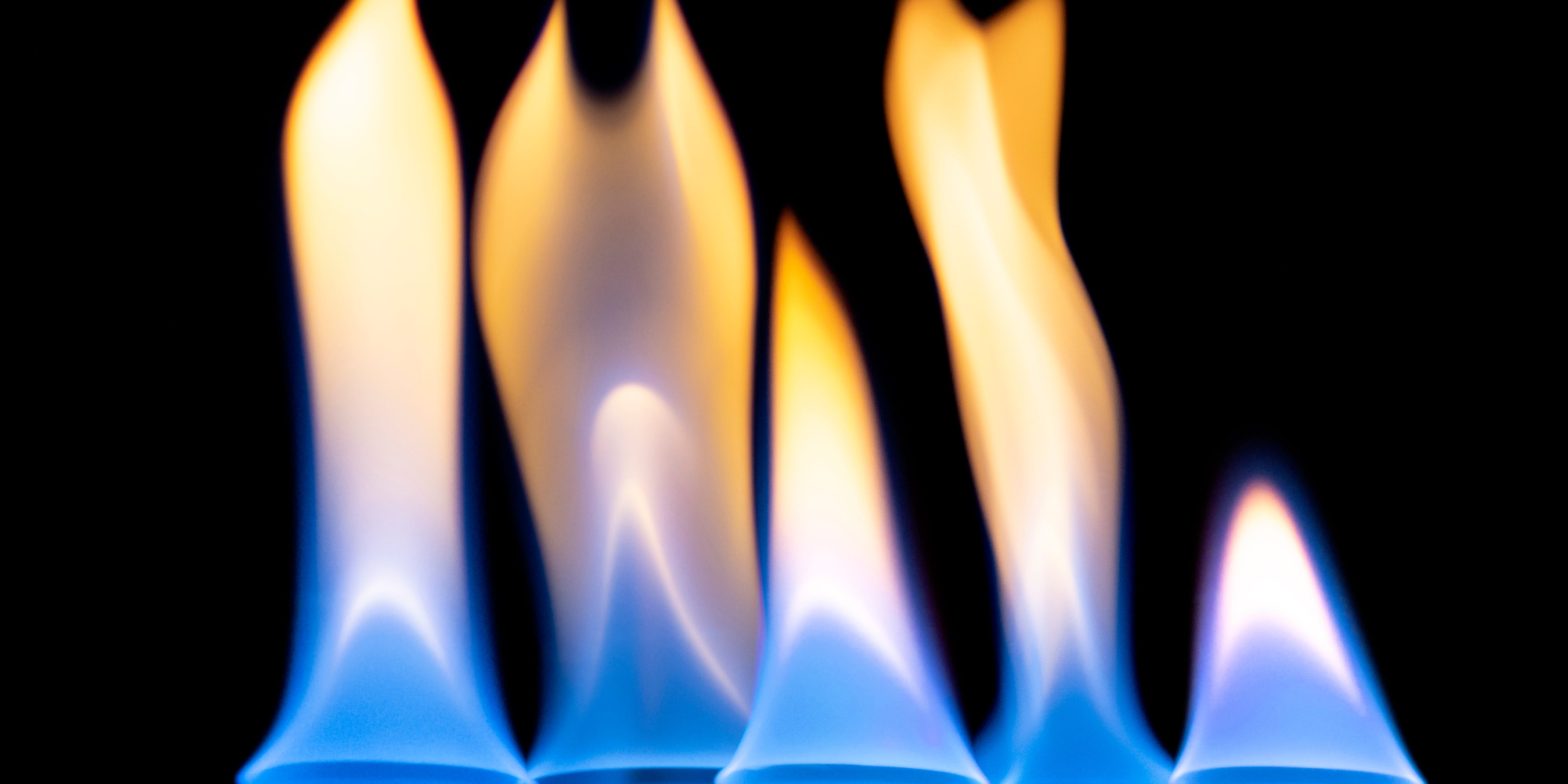European gas prices have plummeted 60% from their summertime peak, according to data from Bloomberg. Warmer weather ahead of winter as well as demand destruction from soaring energy costs has helped lower demand. But while it brings some relief, households are stil feeling the pain of massive price increases. Loading Something is loading.
Thanks for signing up!
Access your favorite topics in a personalized feed while you’re on the go.
European gas prices have plummeted from their summertime peak, as warm weather is helping shore up natural gas storages ahead of winter, according to data from Bloomberg.
While the benchmark price for gas is still about three times higher than five-year average, Bloomberg reported that gas prices have fallen 60% from their highs in August. Meanwhile, Dutch TTF futures, the European benchmark, have dropped over 67% in the past few months, with current prices hovering around $113 compared to a peak of $349.87 in August.
That relief comes amid Europe’s scramble to prepare for a possible energy crisis this winter, with slashed flows of Russian gas threatening severe supply disruptions into 2023. That’s spurred a desperate scramble to boost energy supplies, such as by ramping up LNG shipments and turning to dirtier alternatives like coal and trash-burning to keep households warm.
But the recent decline in prices is largely because the continent has been graced by warmer weather ahead of winter, as well as some demand destruction as households and businesses come under pressure from soaring energy costs.
Natural gas usage in Western Europe fell 22% in October compared to the previous year, according to data from Energy Scan. Residential and business-related gas usage fell by an even steeper 33%, the energy analytics firm said, and large industrial gas users reduced consumption by 27%.
That brings some relief to potential supply shortages, and has allowed the European Union to build up a hefty storage of natural gas ahead of winter. But households are still in pain: gas bills have still soared 111% compared to last year, and electricity bills have soared 69%, according to data from VaasaETT. Supply shortages could also still hit Europe next winter, the International Energy Agency warned, as supply is set to grow tighter even amid mild weather and easing prices this year.
